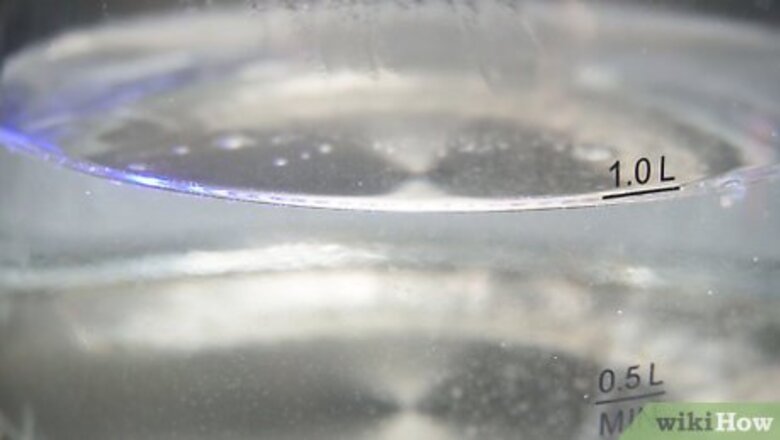
views
Boiling the Water
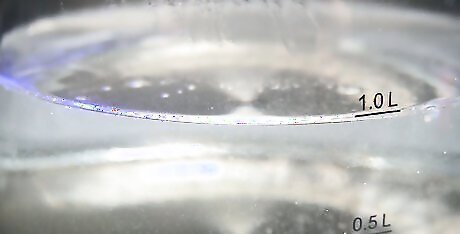
Bring approximately 4 cups (1L) of water to the boil. Pour fresh water into the kettle, and take care not to fill it over the maximum level. Boil the water in the kettle. This will only take around 2-3 minutes with an electric kettle. You can boil as much water as the amount of tea you want to make. English tea requires boiling water, and hot or tepid water is a poor substitute.
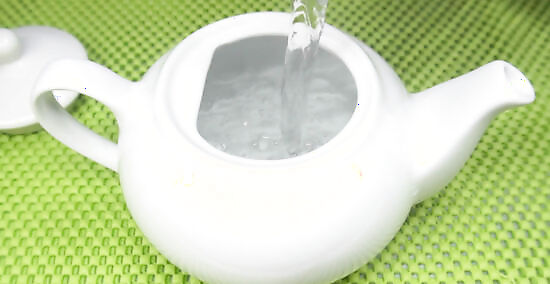
Pour the boiled water into the teapot. Immediately after the water has boiled, take it off the electrical element or heat. Fill the teapot to the top, taking care not to let the water overflow. If the water happens to stay in the kettle for longer than around 3 minutes, pour it out, get fresh water, and boil the new batch. Never reboil water, as this can give it a metallic taste.
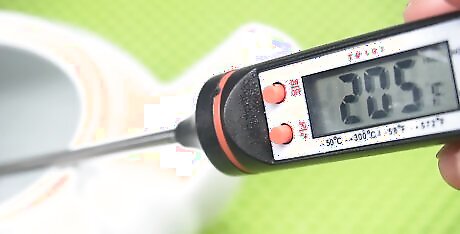
Let the water reach 96 °C (205 °F) if you are making black tea. Place a small kitchen thermometer into the teapot to follow the drop in temperature. Black English teas are best made at 96 °C (205 °F). You can place the thermometer in the same place where you poured the water into the teapot. You will have to leave the lid off to do this.
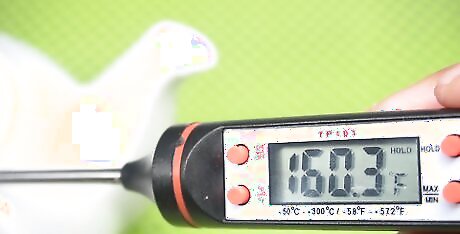
Wait for 2-3 minutes so the water reaches 71–82 °C (160–180 °F) for green tea. Use a kitchen thermometer to check when the water has reached the right temperature. Green tea is best brewed at 71–82 °C (160–180 °F) as this will ensure that the tea isn't bitter, and that the full range of flavors are extracted.
Brewing the Tea
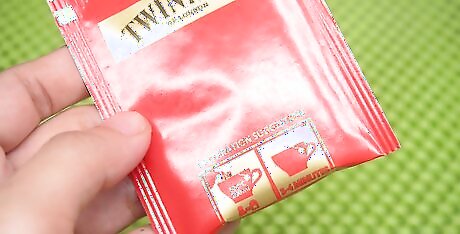
Check the amount of time that your tea requires to steep. On the package of the tea bags or leaves, there will be instructions for the ideal length of time to leave the tea in the teapot. The time for steeping usually ranges from 30 seconds to 5 minutes. The longer the tea steeps for, the stronger it will be. Black tea is the most common type of tea that is used when making English tea, but green tea is also a firm favorite! If you don't have tea with instructions on the package, black tea in tea bags normally takes 2-3 minutes to steep. Green tea in tea bags usually steeps for 2-4 minutes.
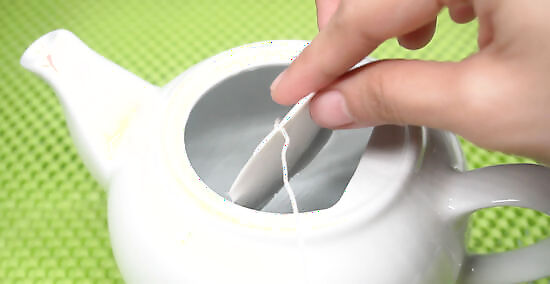
Place tea bags into the teapot if you are short on time. Take the tea bags out of the packet. Place 1 tea bag for every 1 cup of water into the pot, and then close the lid to keep it warm. Time how long the tea bags have been in the teapot for, so that you know when to remove them. After closing the lid on the teapot, this is the time to place your tea cosy on the teapot if you have one. This will also help to insulate the teapot and keep the tea warm. For convenience, tea bags are usually chosen over loose leaf tea.
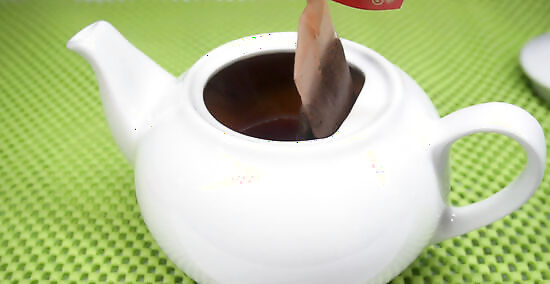
Remove the tea bags from the teapot after the alloted steeping time. Open the teapot lid and use a teaspoon to individually take the tea bags out. Let each tea bag drip for a moment or two over the teapot, before placing it on a saucer. Make sure that you remove the tea bags as soon as it is ready. If they are left in for too long, the tea will taste bitter. When you are removing the tea bags, don’t stir or squeeze them. This can also make the tea taste bitter. You can either throw away the used tea bags, or rip them up into small pieces and place them in the compost heap.
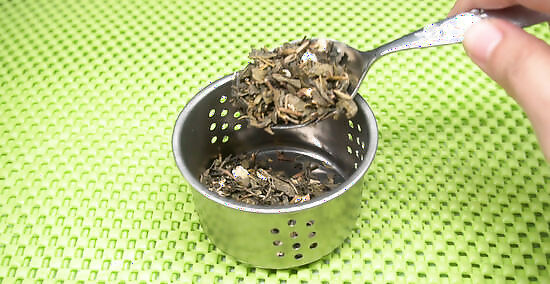
Use loose leaf tea instead of tea bags for a better flavored tea. Place 1 teaspoon of tea leaves into the infuser for every 1 cup of water. Sit the infuser in the teapot, and let the tea leaves brew for the steeping time with the lid on. Remove the infuser and leaves once the tea has brewed. Smaller tea leaves will infuse faster than larger tea leaves. If you don't have an infuser, you can place the tea leaves directly into the teapot. Use a strainer when you are pouring the tea into cups to ensure that you catch all of the leaves. If you are unsure as to how strong you prefer your tea, taste the tea at 1 minute, and then every 30 seconds following to find the perfect brewing time.
Serving the Tea
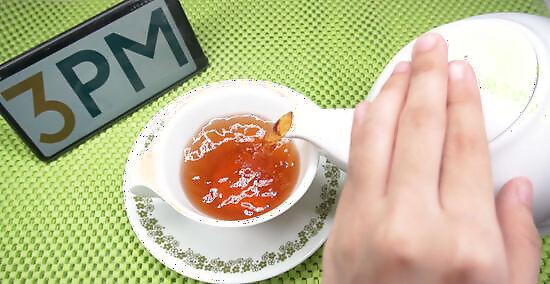
Serve English tea during the traditional 3-4 pm tea time. A traditional British afternoon tea occurs in the late afternoon, and breaks up the gap between the midday and evening meals. This is the most traditional time to enjoy a British afternoon tea, however English tea can be enjoyed at any time of the day!
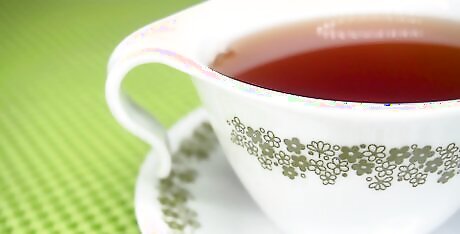
Use porcelain, ceramic, or glass cups to serve the tea. These materials won’t affect the taste of the tea, and are readily available across department and homeware stores. The most traditional cup to serve English tea in is porcelain. Avoid using plastic or metallic cups to serve tea, as this can affect the flavor. In more formal or traditional settings, saucers are often included for the cups to sit on. This isn’t necessary in casual settings.
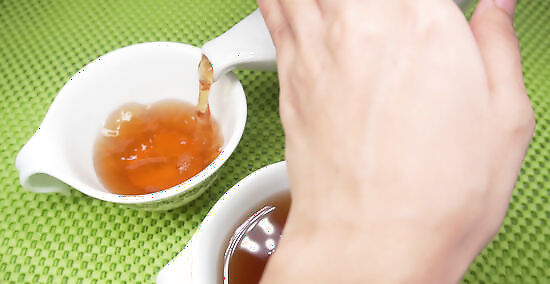
Pour the tea from the teapot into individual cups. Place the cups on a flat surface. Make sure that the lid on the teapot is closed, and pour tea into each cup. Take care not to overfill the cups. Around ¾ full is usually the appropriate amount to make sure that spillages are unlikely.
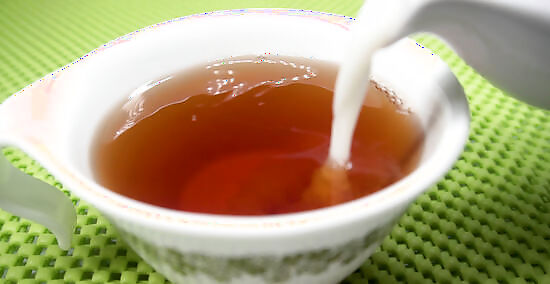
Add milk to black tea if preferred. The amount of milk added to English tea is entirely up to personal preference. As a general rule, don’t exceed a 80:20 ratio of tea to milk. Just a dash will usually do. People have different preferences for how they like their tea. If you are unsure, always ask your guests first about their preferences for milk and sugar. Low-fat milk is commonly used for tea in Britain. Cream or high-fat milk are usually avoided. Milk and sugar are normally only added to black tea, as green tea is best enjoyed plain.
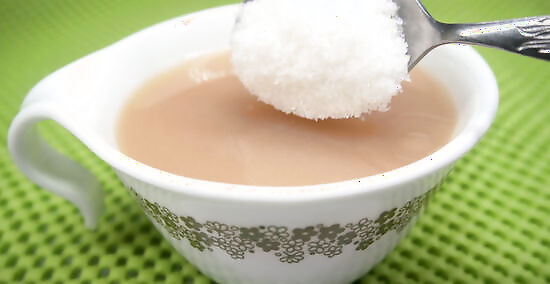
Place 1-2 teaspoons of white sugar into black tea if you prefer. Use a clean teaspoon to carefully tip sugar into the cup of tea. Never use any other type of sugar in tea, such as brown sugar. It ruins the taste. If somebody asks for a particular number of sugars, this means the number of teaspoons of sugar that they would like. For example, “2 sugars” means “2 teaspoons of sugar”.
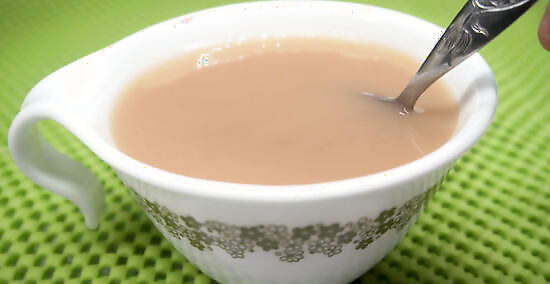
Stir your tea carefully if you have added milk or sugar. Use a clean teaspoon to gently mix together the tea and extra ingredients. Avoid letting the teaspoon touch the sides or bottom of the cup, as it will make an annoying sound.
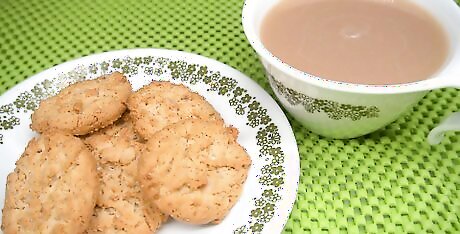
Enjoy tea served with light foods. English tea is commonly served with scones, biscuits, cake, or sandwiches. This turns English tea into a traditional British afternoon tea!

















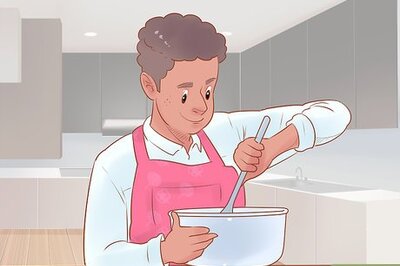

Comments
0 comment